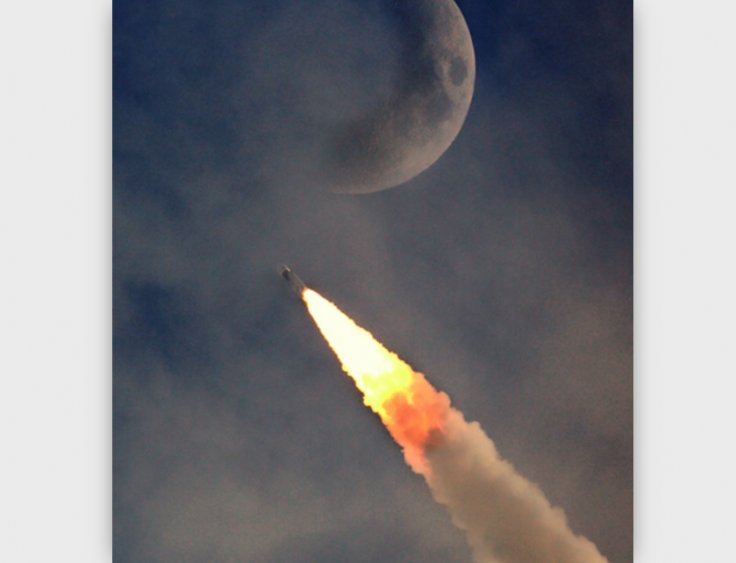
India's much-anticipated lunar mission, 'Chandrayaan-2' was launched on July 22, 2019, and it is expected to make a soft landing in the south polar region of the moon on September 7, 2019. The probe which is currently hovering above the north-polar region has now captured a series of images that shows impact craters on the moon's surface. Interestingly, one of the craters spotted by Chandrayaan-2 is Mitra, an impact crater named after legendary Indian physicist Sisir Kumar Mitra.
While taking this image, Chandrayaan-2 was just 4,375 kilometers away from the lunar surface. The name 'Mitra' was given to the crater by the Working Group for Planetary System Nomenclature (WGPSN), a part of International Astronomical Union (IAU) in 1970. The naming was done seven years after the death of Sisir Kumar Mitra, and interestingly, this announcement came at a time when India started thinking about launching space missions. It should be noted that the Mitra crater is a considerably big crater, and its diameter is almost 92 kilometers.
Sisir Kumar Mitra is widely known for his contributions to physics, and for his outstanding achievements, the Indian government honored Mitra with Padma Bhushan in 1962.
Impact craters are basically circular impressions on the lunar surface that were formed due to impacts of celestial bodies like asteroids or meteors. It should be noted Mitra is not the only scientist whose name has been given to a meteor in the moon. In 1973, the International Astronomical Union (AU) named Bessel A, an impact crater in the Sea of Serenity as Sarabhai Crater.
As of now, the International Astronomical Union has given thousands of names to lunar craters after popular scientists, and some of them are Daniel Gabriel Fahrenheit, Ernst Karl Abbe, Guillaume Amontons, Aleksandr Andronov, etc.
If India successfully lands on the dark side of the moon (south polar region), the country will emerge as the second space power to land on the dark side. A few months back, China had landed its 'Chang'e 4' lunar probe on the moon's unexplored region. Scientists at Indian Space Research Organization (ISRO) believe that landing on the far side of the moon will help to unlock several mysteries of earth's only natural satellite.









